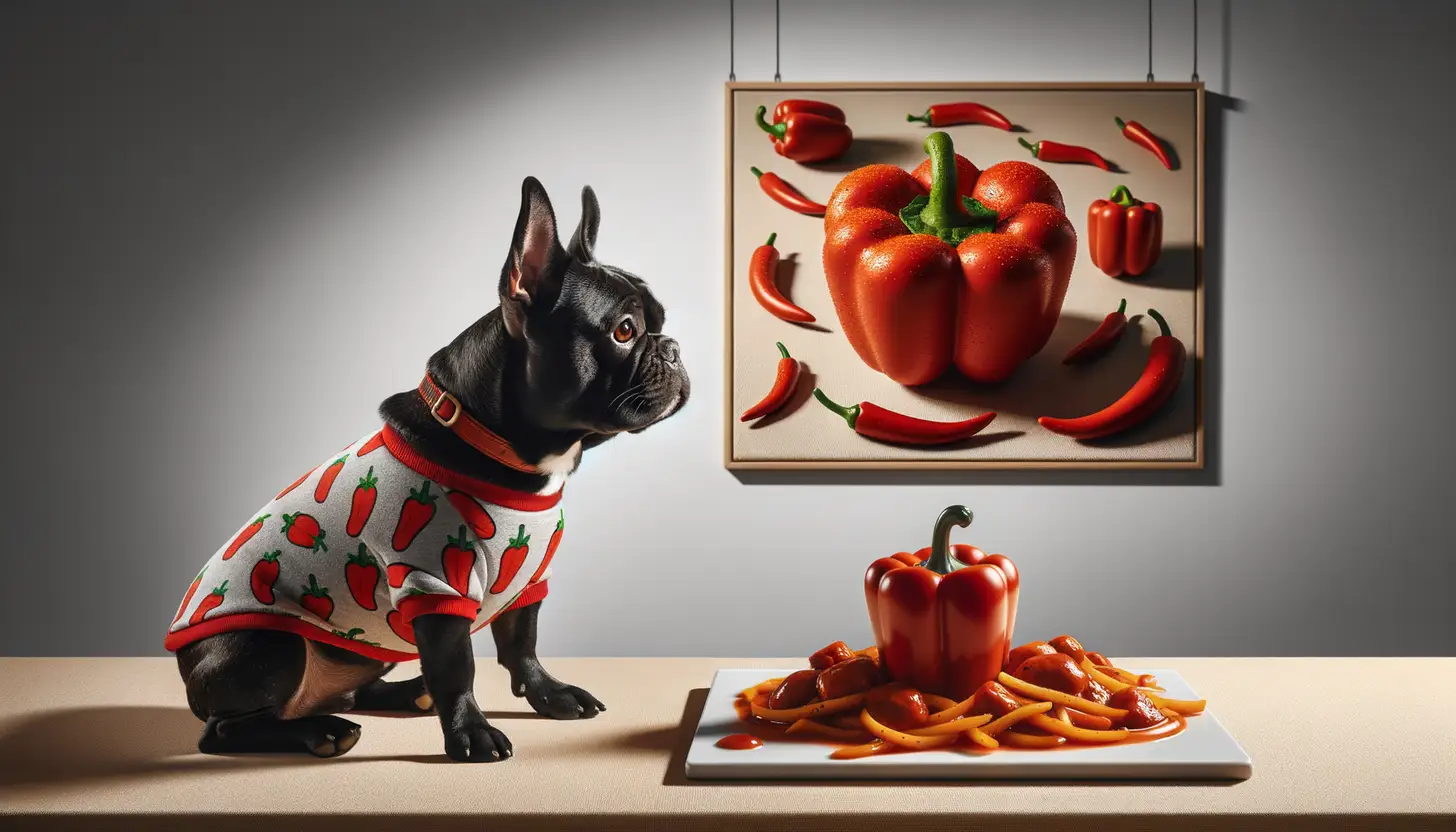
Can Dogs Eat Red Peppers?
Yes, dogs can eat red peppers! Red peppers are not only safe but can also be a nutritious addition to your dog’s diet when given in moderation. They are packed with vitamins and antioxidants that can benefit your furry friend in several ways.

By Stefan Stumpfl, in collaboration with Dr. Ali Raza.
Updated on Jul 11, 2024
Red peppers are rich in beta-carotene, which converts to vitamin A in a dog's body, supporting vision and immune health.
Red Peppers
Nutrition
Taste
Digestibility
Feeding Frequency
Allergic Risk
Why Are Red Peppers Healthy for Dogs?
Red peppers are rich in vitamins A, C, and E, which support your dog's immune system, improve skin and coat health, and promote overall well-being. They also contain beta-carotene, which is great for eye health. According to various studies, the antioxidants in red peppers can help reduce inflammation and even support joint health.
Do Dogs Like Red Peppers?
Ah, this is a fun one! Dogs are like people—they have individual tastes. Some dogs might go bonkers for the crunchy texture and slight sweetness of red peppers, while others might give you that “Are you kidding me?” look. If you’re uncertain, start with small pieces and see how they react.
Can Puppies Eat Red Peppers?
Yes, puppies can eat red peppers, but always introduce any new food gradually. Their digestive systems are still developing, so small amounts are key. Begin with tiny, finely chopped pieces to avoid any choking hazards and monitor for any adverse reactions.
Can Dogs Be Allergic to Red Peppers?
While rare, it is possible for dogs to be allergic to red peppers. Signs of an allergic reaction can include itching, swelling, or gastrointestinal upset. If you notice any unusual behaviors or symptoms after feeding red peppers to your dog, it’s best to consult your vet immediately.
How Many Red Peppers Can Dogs Eat?
Portion control is vital. Small dogs should start with a few small pieces of red pepper, while larger breeds can handle a bit more. Always remember, red peppers should be an occasional treat and not a primary part of your dog's diet. Overfeeding can lead to an upset stomach or diarrhea.
Best Ways to Incorporate Red Peppers Into Your Dog’s Diet
Keep things simple! Wash the red peppers thoroughly and remove all seeds and stems. You can serve them raw, chopped into small pieces, or lightly cooked without any seasoning. They can be mixed into your dog’s regular food or offered as a crunchy snack.
Potential Risks of Red Peppers
Even though red peppers are healthy, they might cause digestive issues if given in large quantities. Also, avoid feeding your dog red peppers that are cooked with onions, garlic, or any spicy seasoning—these are harmful to dogs and can cause serious health issues.
Common Misconceptions
One common misconception is that all peppers are the same. Not true! While red, green, and yellow bell peppers are safe, spicy peppers like jalapeños and chili peppers are a big no-no for dogs. Stick to the sweet bell varieties, and you’ll be in the clear.
Other Healthy Food Options
If your dog enjoys red peppers, consider adding these other healthy snacks to their diet:
- Carrots: Great crunch and full of beta-carotene.
- Blueberries: Packed with antioxidants and easy to serve.
- Pumpkin: Excellent for digestive health and full of fiber.
Conclusion
Red peppers can be a wonderful, colorful addition to your dog’s diet, in moderation. They are packed with nutrients that support overall health. Always remember to introduce new foods slowly and consult your vet if you have any concerns, especially if your pup has any specific dietary needs. Keep it balanced and enjoy watching your dog savor these crunchy treats!